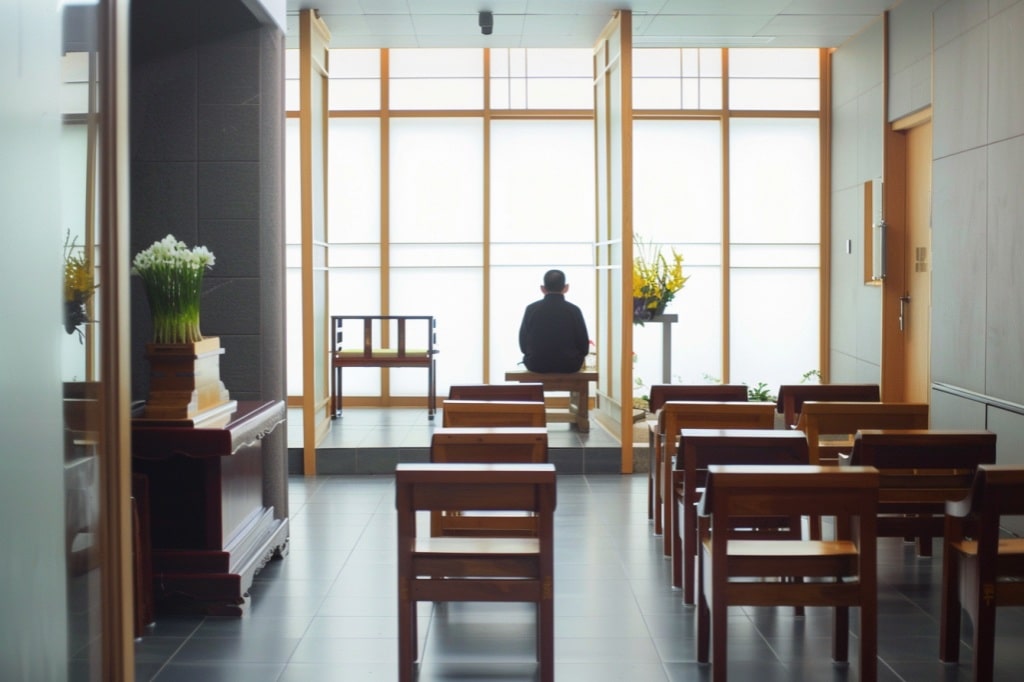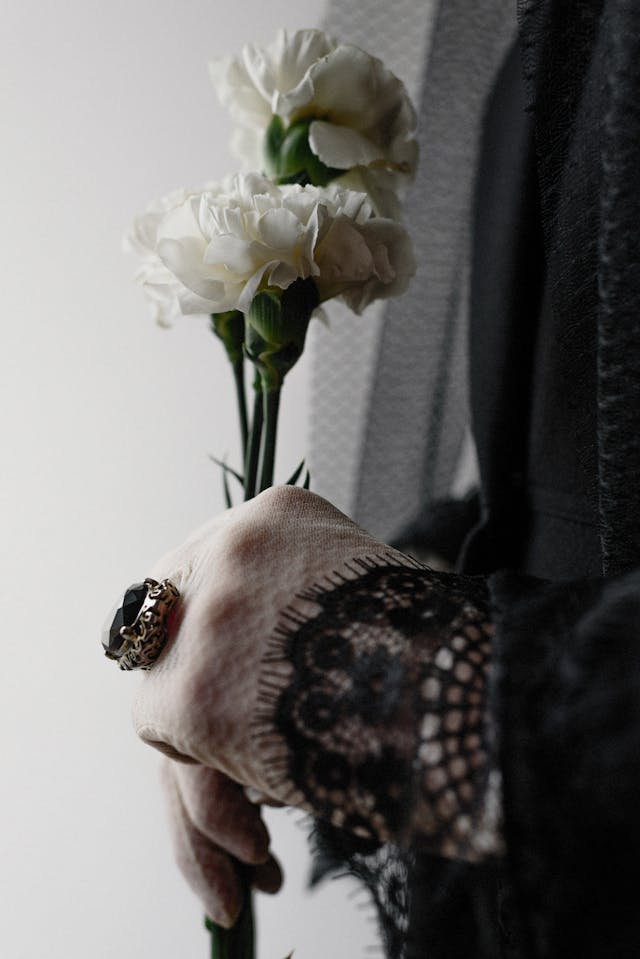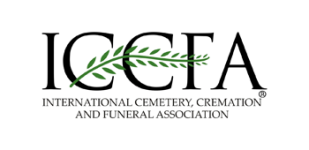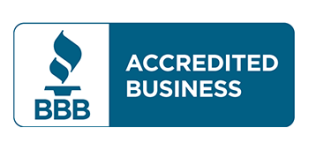What Happens at a Traditional Korean Funeral?

Navigating the customs surrounding a traditional Korean funeral can be both deeply moving and complex. For families seeking a Korean mortuary in Anaheim, CA, understanding each stage of this centuries-old ceremony offers comfort and clarity at an emotional time. In this article, we’ll guide you through what happens during traditional Korean funeral rites—from the initial rituals to the final farewell. By sharing details about each step, we hope to support those honoring loved ones in keeping with Korean heritage.
Ancestral Reverence: The Role of Jesa and Initial Memorial Rites
One distinguishing feature of Korean funerals is the emphasis on ancestral respect, beginning even before the formal proceedings. When a loved one passes away, the family often sets up a spiritual altar (jesa) near the body, offering fruits, rice, and other foods while burning incense. This serves as an invitation for the recently departed’s spirit and pays homage to ancestors.
Dressed predominantly in white—a symbol of mourning and purity—immediate family members gather around the casket or body, bowing deeply in a solemn expression of grief and devotion. Traditionally, the eldest son or a designated ritual leader guides the chanting and prayers. These moments are filled with reflection, as the family acknowledges the life and virtues of the deceased, and friends begin visiting to offer condolences.
Vigil and Wake: Embracing Community and Mourning Together
The Korean funeral ritual typically includes a multi-day wake, allowing extended family, friends, and community members to pay their respects. This period, often spanning up to three days, transforms the mourning hall into a haven for shared sorrow, support, and remembrance.
Visitors light incense, bow at the casket, and present symbolic gifts such as white chrysanthemum flowers. It is customary for mourners to offer monetary gifts—called “bogeum”—which help offset funeral expenses and symbolize solidarity with the bereaved. Throughout the vigil, traditional foods are served to provide nourishment and comfort to attendees, reinforcing the sense of unity and compassion that defines Korean funeral customs.
Funeral Day Procedures: Processions, Final Farewell, and Communal Farewell Meal
On the designated day of the funeral, the family leads a processional around the casket, sometimes departing for the burial site with songs or quiet prayer. The ritual washing and dressing of the body, traditionally performed by close relatives, is a deeply personal act that reflects honor and care. The deceased is dressed in a white hemp shroud, in accordance with Confucian customs.
Before the actual burial, special rites are performed. Mourners may place written messages, cherished items, or tokens with the deceased as final offerings. A formal eulogy or series of prayers is often delivered. After the burial, participants typically share a communal meal—an occasion to console one another and reflect on the shared legacy of the departed.
Preserving Tradition While Supporting Modern Needs
Modern Korean funerals may blend traditional customs with practical needs. Professional mortuaries that understand Korean culture assist with the organization of these rites, ensuring authenticity and emotional support throughout. Services often include coordinating with Korean-speaking clergy, preparing ceremonial tables, and facilitating all necessary rituals, demonstrating how tradition and present-day requirements can harmoniously coexist.
If you’re searching for a Korean mortuary in Anaheim, CA, it’s essential to select a provider that deeply respects Korean traditions and offers the flexibility to personalize arrangements. At Sunnyside Mortuary, we focus on guiding families through meaningful ceremonies that honor both heritage and individual wishes. For compassionate support and more information about how we can help celebrate your loved one’s legacy, please don’t hesitate to contact us today.



